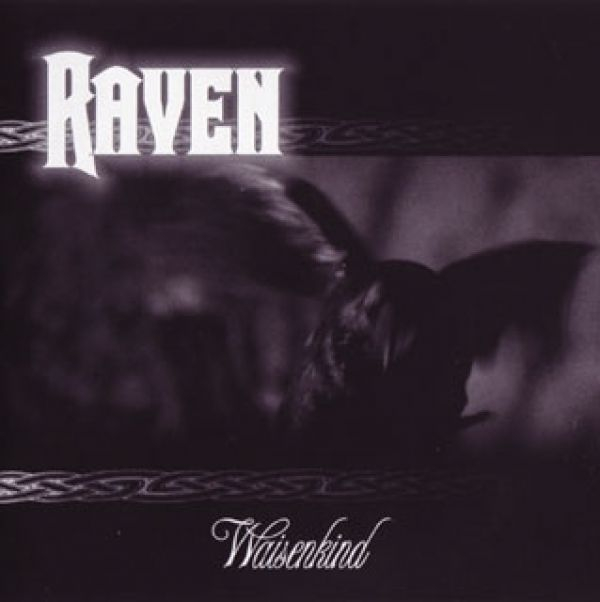
The builder makes a single request that he may have help from his stallion Svaðilfari, and due to Loki's influence, this is allowed. After some debate, the gods agree to this, but place a number of restrictions on the builder, including that he must complete the work within three seasons with the help of no man. High tells a story set "right at the beginning of the gods' settlement, when the gods established Midgardand built Val-Hall" about an unnamed builder who has offered to build a fortification for the gods in three seasons that will keep out invaders in exchange for the goddess Freyja, the sun, and the moon. High expresses surprise in Gangleri's lack of knowledge about Sleipnir and its origin. In chapter 42, Sleipnir's origins are described. Gangleri (described earlier in the book as King Gylfi in disguise) asks High who the horse Sleipnir belongs to and what there is to tell about it. The list begins with Sleipnir: "best is Sleipnir, he is Odin's, he has eight legs." In chapter 41, High quotes the Grímnismál stanza that mentions Sleipnir. In the Prose Edda book Gylfaginning, Sleipnir is first mentioned in chapter 15 where the enthroned figure of High says that every day the Æsir ride across the bridge Bifröst, and provides a list of the Æsir's horses. The Völuspá hin skamma section of Hyndluljóð says that Loki produced "the wolf" with Angrboða, produced Sleipnir with Svaðilfari, and thirdly "one monster that was thought the most baleful, who was descended from Býleistr's brother." In Sigrdrífumál, the valkyrie Sigrdrífa tells the hero Sigurðr that runes should be cut "on Sleipnir's teeth and on the sledge's strap-bands." In Baldrs draumar, after the Æsir convene about the god Baldr's bad dreams, Odin places a saddle on Sleipnir and the two ride to the location of Hel. In Grímnismál, Grimnir (Odin in disguise and not yet having revealed his identity) tells the boy Agnar in verse that Sleipnir is the best of horses ("Odin is the best of the Æsir, Sleipnir of horses"). In the Poetic Edda, Sleipnir appears or is mentioned in the poems Grímnismál, Sigrdrífumál, Baldrs draumar, and Hyndluljóð. In modern times, Sleipnir appears in Icelandic folklore as the creator of Ásbyrgi, in works of art, literature, software, and in the names of ships. Scholarly theories have been proposed regarding Sleipnir's potential connection to shamanic practices among the Norse pagans.

Sleipnir is generally accepted as depicted on two 8th century Gotlandic image stones: the Tjängvide image stone and the Ardre VIII image stone. The Prose Eddacontains extended information regarding the circumstances of Sleipnir's birth, and details that he is grey in colour.Īdditionally, Sleipnir is mentioned in a riddle found in the 13th century legendary saga Hervarar saga ok Heiðreks, in the 13th century legendary saga Völsunga saga as the ancestor of the horse Grani, and book I of Gesta Danorum, written in the 12th century by Saxo Grammaticus, contains an episode considered by many scholars to involve Sleipnir. In both sources, Sleipnir is Odin's steed, is the child of Loki and Svaðilfari, is described as the best of all horses, and is sometimes ridden to the location of Hel.

:origin()/pre00/b061/th/pre/f/2018/314/6/5/fallout_4_by_gossenkinder-dcrp9m4.png)
Sleipnir is attested in the Poetic Edda, compiled in the 13th century from earlier traditional sources, and the Prose Edda, written in the 13th century by Snorri Sturluson.

In Norse mythology, Sleipnir (Old Norse "slippy" or "the slipper") is an eight-legged horse.


 0 kommentar(er)
0 kommentar(er)
